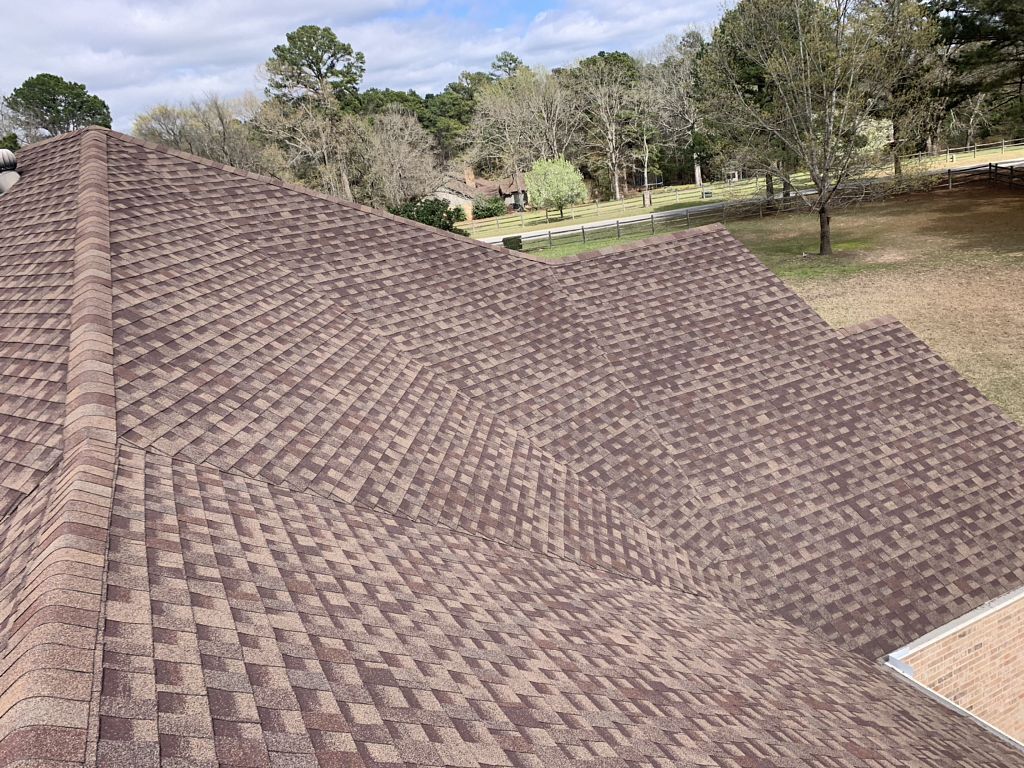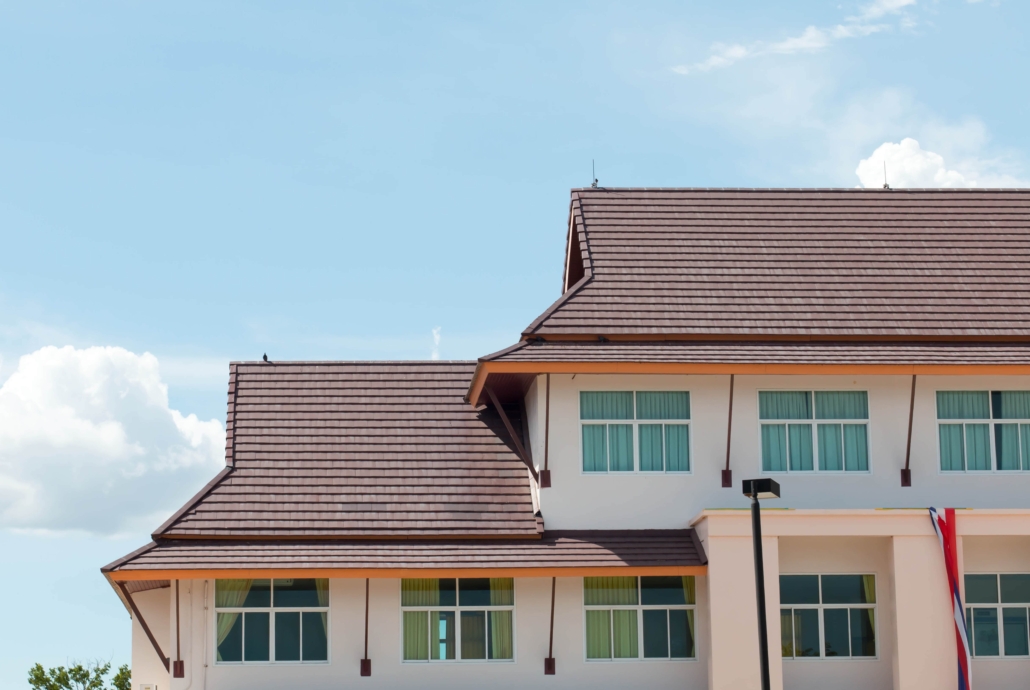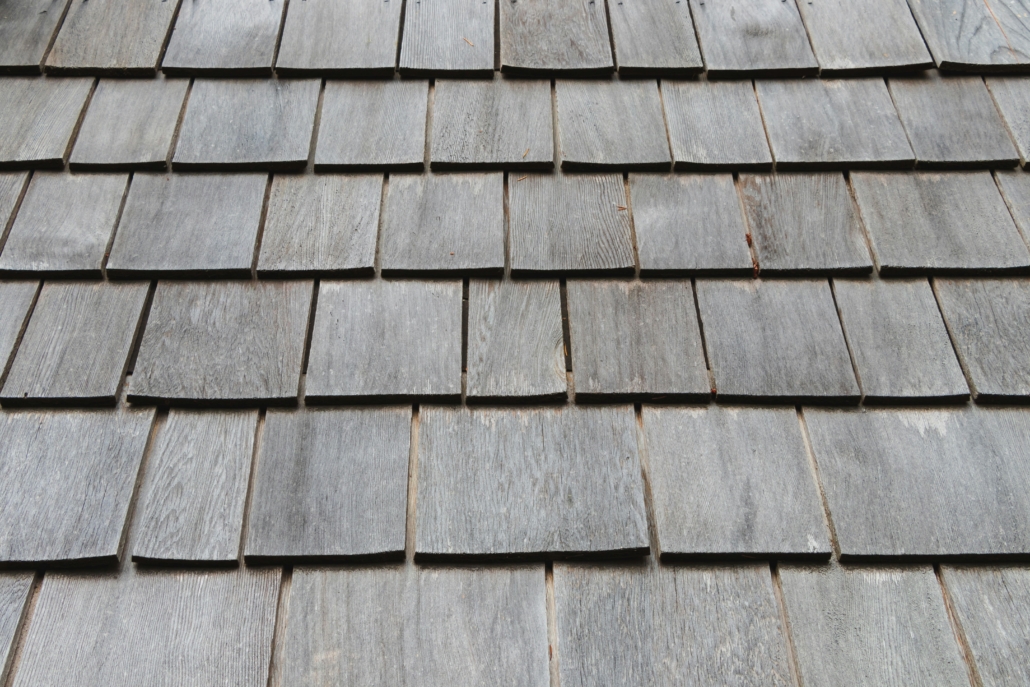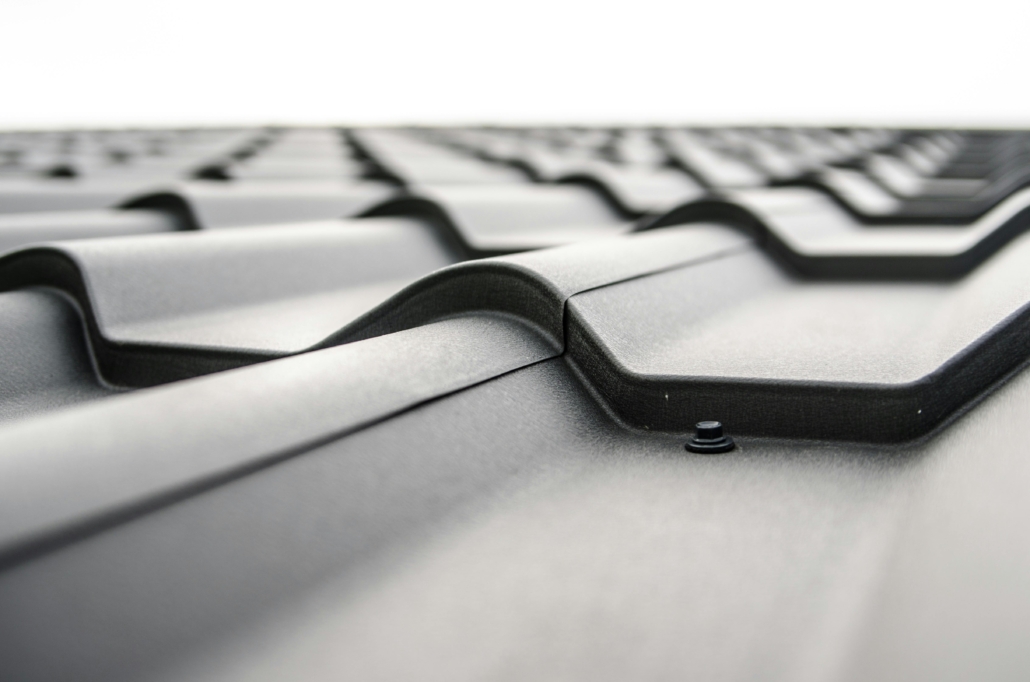Is the Cost of a Roof Replacement Worth the Investment in Your Home?
Before selling your home, it’s always a good idea to make a few strategic upgrades to increase its value however you can. After all, the right renovation could help you pocket some extra cash when you finally sell, and you could use that money to make a bigger down payment on your next home.
But some pre-sale home improvements are more obvious positive investments than others. For instance, will a new roof increase your home value enough to be worth the upfront cost on your part? Today, let’s answer that question and more.
How Much Does a Roof Replacement Cost?
The exact cost of a roof replacement can vary heavily depending on things like:
- The cost of labor
- The price of shingles or other materials you use for your new roof
- The size and complexity of the roof
On average, however, you should expect a full roof replacement to cost at least $10,000 and sometimes upwards of $30,000. In 2023, the average cost of a full asphalt shingle roof replacement was around $29,000, while the average cost of a full metal roofing replacement was $47,400.
Even for homeowners with a good amount of cash to spend on an upgrade, this is no small bill! So, it’s important to determine whether a new roof for your house will be a worthwhile investment in the long run. Your choice is also likely to be influenced by whether your homeowners or roof insurance will cover the replacement, in which case your cost will depend more on your deductible.
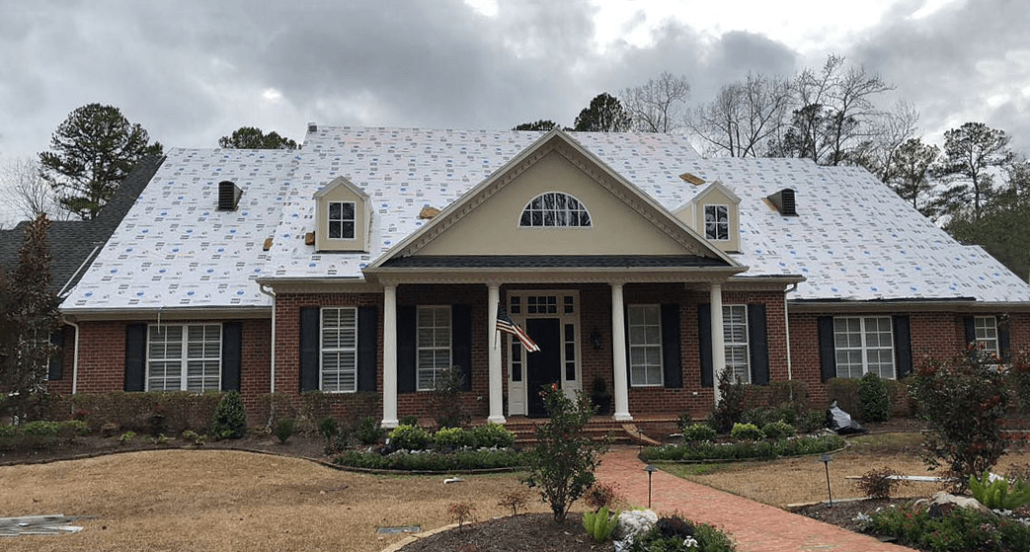
Is a New Roof a Worthwhile Investment?
Whether or not a full roof replacement is worth it depends on several factors, like the condition of the new roof at the time of your home sale, its aesthetic value, and more.
Roof Condition
Generally, a brand-new roof installed just before you sell your property will yield a higher return on your investment compared to installing a new roof, living in your home for another 10 years, and then selling. Roofs should be replaced every 15 to 30 years, so the longer a new homeowner gets to enjoy your property’s replaced roof, the more money you can charge for the sale.
Market Value
Of course, the quality of the materials for that roof – as well as how well the roof fits with your home and neighborhood’s aesthetic or style – can impact its market value. If you choose a roof with high-quality architectural shingles, for example, that might be a more worthwhile renovation compared to redoing your roof with standard shingles.
This is also true if you go above and beyond and replace your roof with a new model fitted with cedar shakes or other “high-value” shingle options that add curb appeal. That said, remember that many high-value shingles cost more to install in the first place.
Local Market Conditions
If it’s a seller’s market, you can expect your roof replacement to yield a higher return on investment than if it’s a buyer’s market.
When there’s a surplus of buyers in your area but not a lot of real estate to go around, you can ask for a higher price for your property overall, which could translate to more of a profit after redoing your home’s roof. The reverse is true if you’re trying to sell when lots of other people are trying to do the same thing.
Roof Extras
If your new roof is fitted with extra features, like solar panels, it will contribute even more to your home’s relative value. By working with an experienced roofing contractor, you can strategically choose shingles, solar panels, and other additions to your new roof to maximize home value when the project is done.
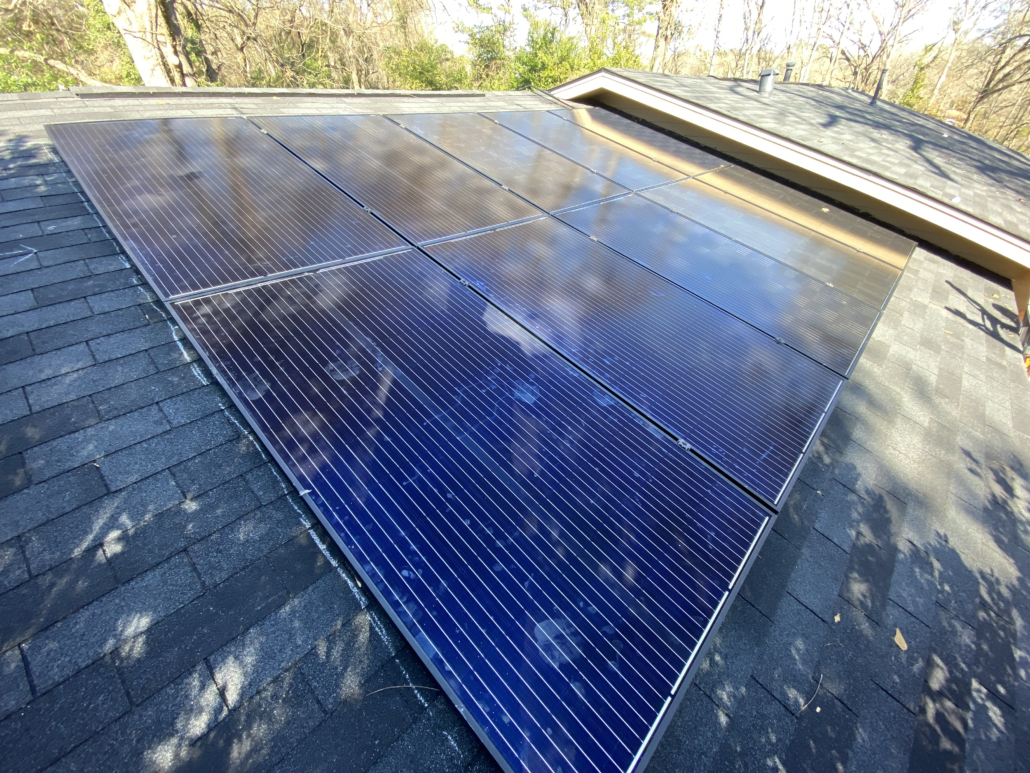
So, Will a New Roof Increase Your Home’s Value?
When all is said and done, a new roof will increase your home’s value almost no matter what – your roofing professional would have to do a terrible job for a new roof not to result in an asking price bump to some extent! But that’s not the same thing as a return on your investment. For that to be true, the cost of your roof replacement has to be lower than the extra money you get from the renovation.
With that in mind, be sure to get a comprehensive replacement estimate from your contractor before scheduling a roof replacement. Next, do some market research with a local realtor or real estate agency – they’ll be able to tell you both the average prices for homes similar to yours in your area and how those prices may evolve in the short-term future.
With both pieces of information, you can then decide whether a full roof replacement is worth it, or if you’d be better off repairing your roof or simply selling your property as-is.
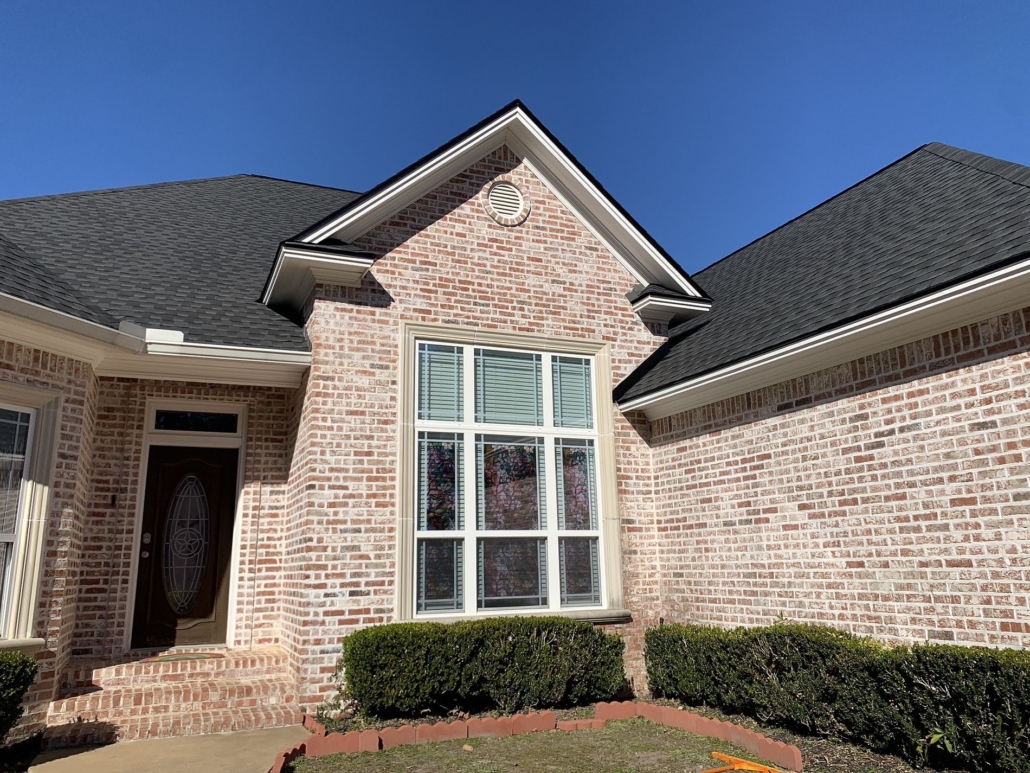
Conclusion
All in all, a new roof might very well increase your home’s value, but the only way to tell for sure is through getting a roof inspection from a licensed professional. Stonewater Roofing can help you decide whether a new roof is worth it based on the cost of a replacement and the market value for your new roof when it’s finished.
With decades of experience helping your fellow Texas homeowners make the right choices for their properties, you can trust us to help you maximize your home’s value before you sell. Get started with a free damage assessment today.

